State
Tribe Name
Art Type
short description
The Dhamal Dance of the Siddi tribe brings forth zeal, love, and strength. It is a dance derived from the African Siddi and evokes a traditional religious feel, as it reflects the rich artistic culture of the tribe. It was previously performed to commemorate successful hunts. Today, the dance also joins emotions such as social and cultural sentiments of joy and victory under a subsidiary name "Misra". For various cultural and religious occasions, this dance still keeps its consummation, nourishing community and cultural identity among the Siddis.
Thumbnail
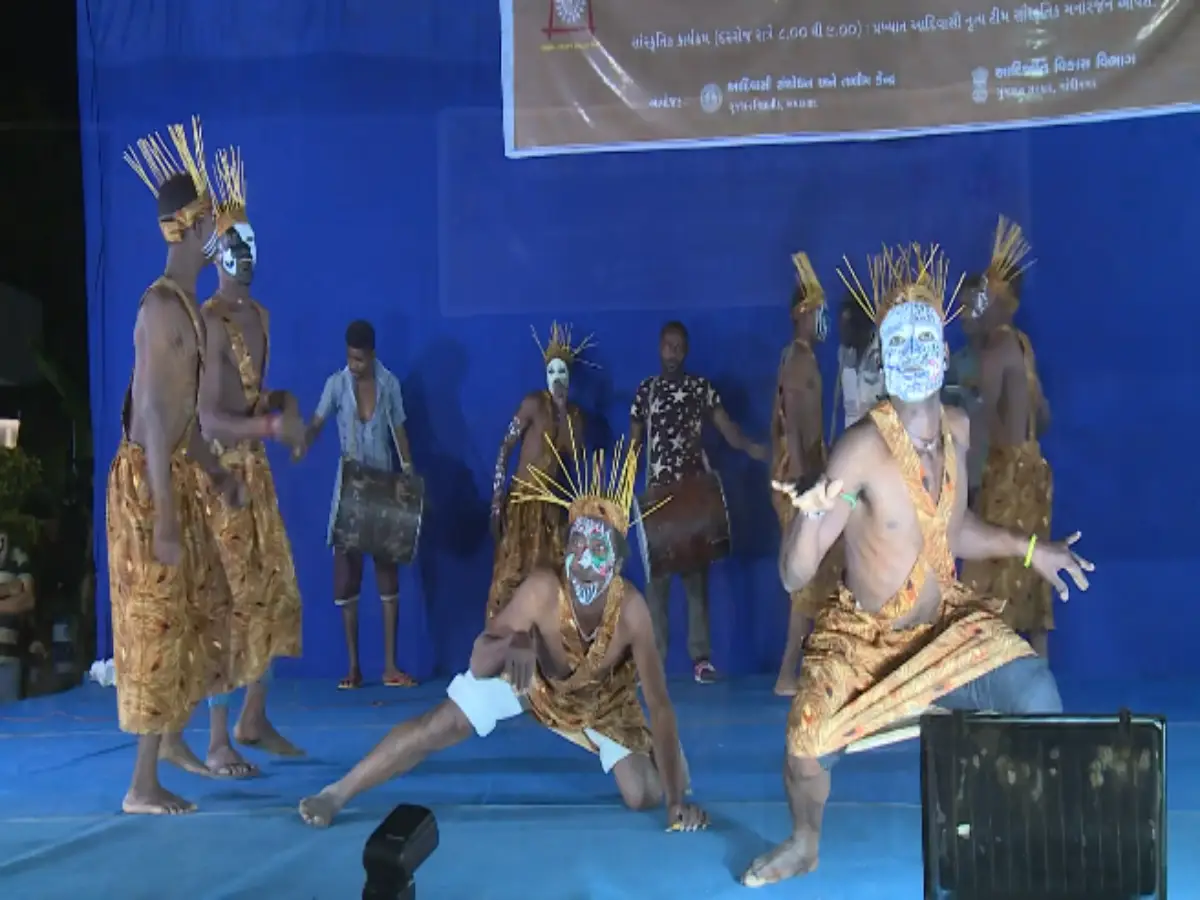
Filter Postion
Left
Filter Background
Off
Theme
Filter Header Image

content
Image

description
The Dhamal Dance of the Siddi tribe brings forth zeal, love, and strength. It is a dance derived from the African Siddi and evokes a traditional religious feel, as it reflects the rich artistic culture of the tribe. It was previously performed to commemorate successful hunts. Today, the dance also joins emotions such as social and cultural sentiments of joy and victory under a subsidiary name "Misra". For various cultural and religious occasions, this dance still keeps its consummation, nourishing community and cultural identity among the Siddis.
Image Mode
landscape
Image
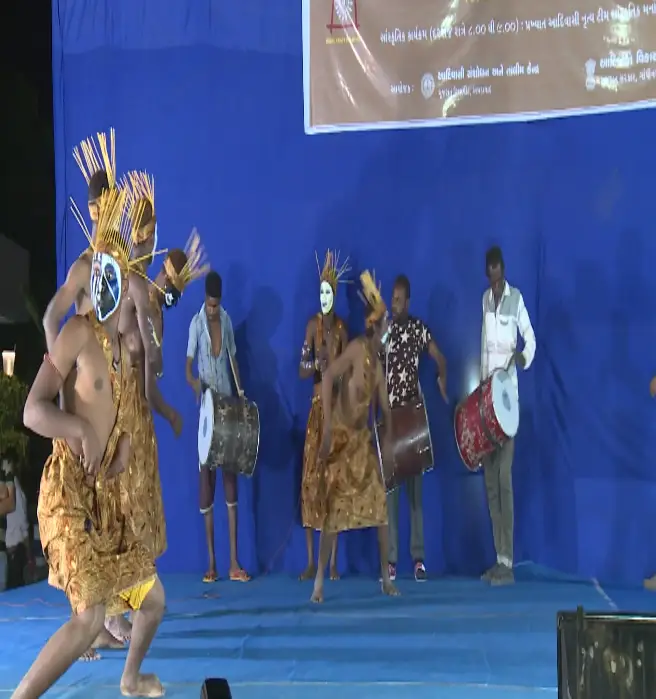
description
The above Siddi tribe, ancestors who were from African origin, migrated to Gujarat about 600 to 700 years back. Mainly the Siddi communities are found residing in Talala taluka of the Saurashtra region, where they try every best way to guard their self-preserved traditions and cultural heritage. Closely linked to skills of hunting, the Siddis derive their experiences into Dhamal Dance such that show that the resilience and the spirit of the community are found therein. For a tribe battling economic challenges, cultural identity is still reinstated through dance, music, and community gathering as means to reinforce heritage.
Image Mode
landscape
Image
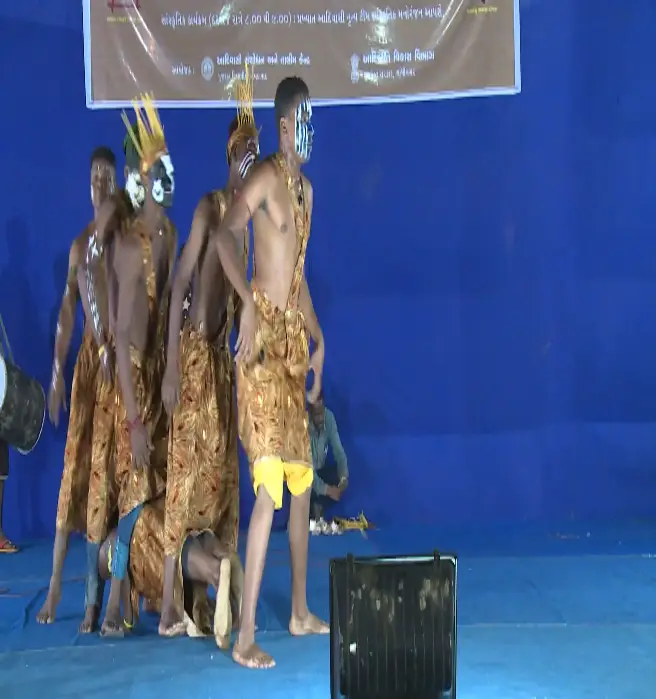
description
The males wear the Dhamal dance traditional attire, usually a loincloth with peacock feathers, as an instinctive performance of their hunting tradition. Their bodies are painted with colorful dots-black, white, and red-as photos in accordance with their fa-ciliation. It shows much of this attire to be visually impressive, hence flaunting all bodily expressions during the dance. The tradition is entirely Siddi; the dance was performed only by men, but now it has changed to being a festival considered to bring joy in society and expressed culture in other backgrounds.
Image Mode
landscape
Image
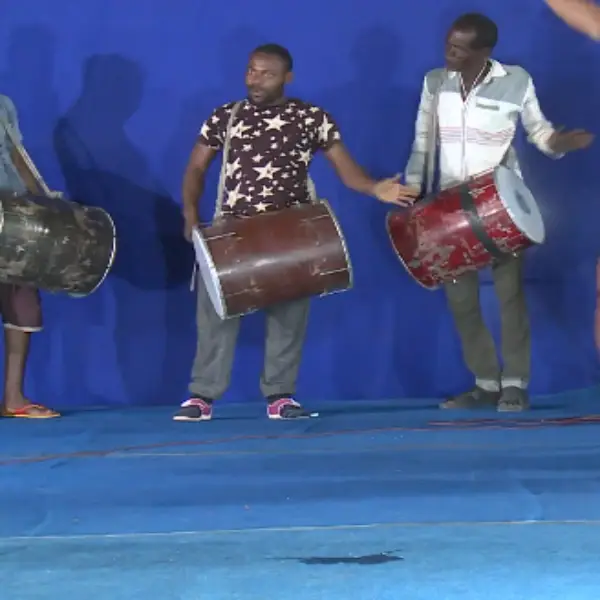
description
These traditional instruments involved in the Dhamal Dance include the Dhamama, Mugarman, and Shelanji, as the highest pitch of sound appears to be essential to the spirit of the dance. The performers dance to rhythmic beatings, just like the trees of nature are stirred by the sounds of birds and animals, emphasizing animal sounds at the end of the dance that shares with the hunting background of this dance. Music is an important ingredient for the performers' movements in creating cultural themes about hunting, festivity, and community joy, which are rooted deep in Siddi traditions.
Image Mode
landscape
Image
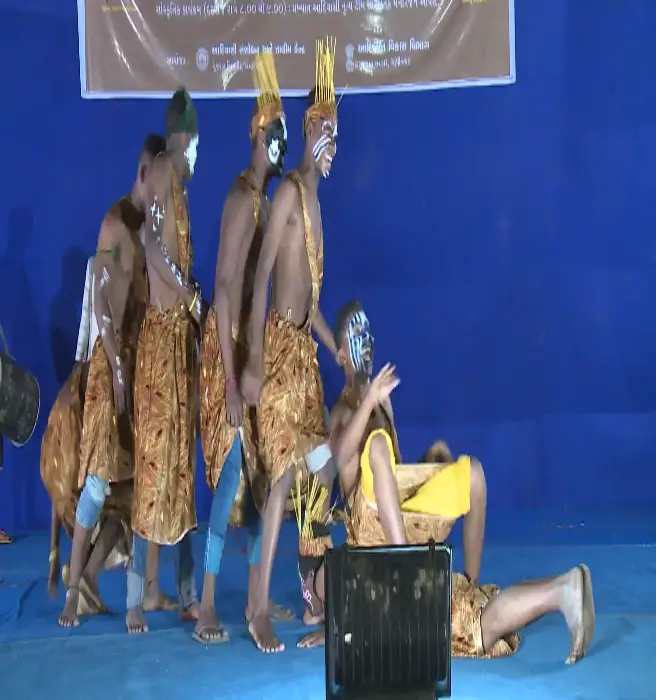
description
Traditionally, the Dhamal Dance was performed before royal courts for entertainment in the Siddi tribe's culture. Currently, it is still one of the components in the social life of the Siddis, performed in weddings, religious festivals, and community gatherings. There are other occasions like Ajwali Bija and Agiyaras, where performances are held for such special days. This dance creates a feeling of unity and happiness among the Siddis, showing the entire community's identity and its roots within the today's celebrations.
Image Mode
landscape
promoted
Off
Verified
On
